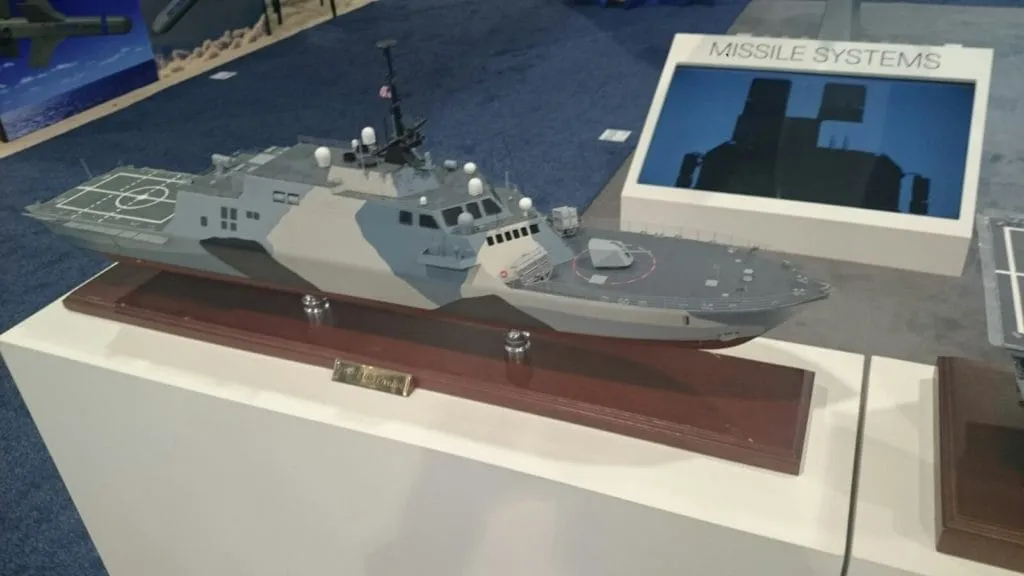The Littoral Combat Ship is often criticized for being under-armed. In fact, its main weapon for anti-surface warfare is reportedly a version of the AGM-114 Hellfire (after several false starts with other missiles). Now, don’t get us wrong. The Hellfire is a good missile, and it has made plenty of enemy tanks and terrorists go boom.
But against an enemy ship on the high seas, it’s an iffy option.
But the Hellfire may soon be a secondary option.

At this year’s SeaAirSpace Expo, Kongsberg and Raytheon have proposed a solution – using the Naval Strike Missile on the LCS. According to a U.S. Navy release from 2014, the Independence-class littoral combat ship USS Coronado (LCS 4) test-fired the NSM during RIMPAC 2014.
NSM offers longer range than the Hellfire (at least 100 nautical miles compare to the Hellfire’s 4.85), and a much bigger warhead (265 pounds to the Hellfire’s 20). In other words, this missile has a lot more “stopping power” against any threat the LCS could face.
But the missile is also relatively light, coming in at 770 pounds overall. The Mk 54 MAKO Lightweight Hybrid Torpedo comes in at 608 pounds. This means that the embarked MH-60R Seahawk helicopters on a littoral combat ship could also carry these – and Kongsberg demonstrated that with a model at the display.

“Helicopter sold separately,” the representative said, jokingly. But the joke could very well be on an adversary – as the helicopter extends the stand-off reach the LCS would have. The helicopter capability would also add the ability to launch from an offset – complicating the targeting for an enemy.
NSM is already in service with Norway, equipping the Fridtjof Nansen-class frigates, the Skjold-class corvettes, and is in use on Norway’s F-16 Fighting Falcons. It replaced the Penguin in Norwegian service.

Kongsberg also displayed a mock-up of the Joint Strike Missile, a slightly larger version of the NSM, featuring a range of at least 150 nautical miles. Even with the increased size, a handout provided by Kongsberg reps at SeaAirSpace 2017 indicated that the missile can still be carried internally by the F-35 Lightning II.
In one sense, this would be going “back to the future.” In the 1990s, the United States Navy equipped the SH-60B Seahawks with the AGM-119 Penguin anti-ship missile – also from Kongsberg. The Penguin also was a mainstay of Norway’s military during the 1980s and 1990s.


